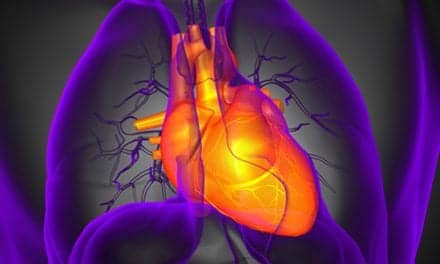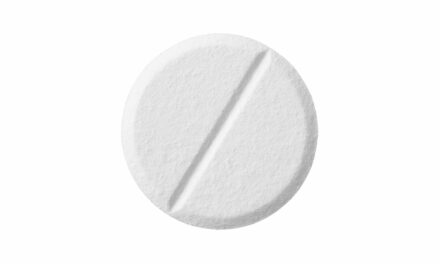Not only is ventilation-perfusion scintigraphy highly sensitive for pulmonary embolism, but Australian researchers now report that this imaging approach also has a high diagnostic yield. Dr. Benjamin Harris of Royal North Shore Hospital in Sydney and colleagues determined the ventilation/perfusion relationship and ventilation/perfusion heterogeneity using single photon emission computed tomography (SPECT) scintigraphy in a retrospective analysis of 73 patients with established pulmonary embolism. Dr. Harris’ team used receiver operating characteristic (ROC) analysis to calculate the accuracy of weighted median ventilation-perfusion scintigraphy and ventilation/perfusion heterogeneity on SPECT scintigraphy. The investigators also prospectively assessed weighted median ventilation/perfusion scintigraphy and ventilation/perfusion heterogeneity in 50 patients presenting with symptoms of suspected pulmonary embolism. In the retrospective analysis, "all parameters of ventilation/perfusion heterogeneity were higher in patients with pulmonary embolism." The weighted median ventilation/perfusion had the highest diagnostic accuracy, with the greatest area under the ROC curve, at 0.93. In the prospective analysis, the diagnostic accuracy was slightly lower, with an area under the ROC curve of 0.87. "Ventilation/perfusion SPECT scintigraphy is based on the fundamental principle that the number of photons originating from an area of the lung is proportional to the relative distribution of the agent being imaged," the investigators explain in the June issue of the American Journal of Respiratory and Critical Care Medicine. Perfusion images provide a look at cardiac output while ventilation images reflect the extent of alveolar ventilation. Dr. Harris and colleagues conclude that SPECT imaging "can be easily and cheaply implemented in most nuclear medicine imaging facilities." The researchers say they are able to process and analyze the images "within 5 to 10 minutes per patient." SPECT ventilation-perfusion scintigraphy "is clinically relevant in the diagnosis of pulmonary embolism, and may help reduce the number of nondiagnostic scintigraphy results," Dr. Harris and associates add. It may also have applications in the diagnostic evaluation of other pulmonary diseases, the investigators propose.









